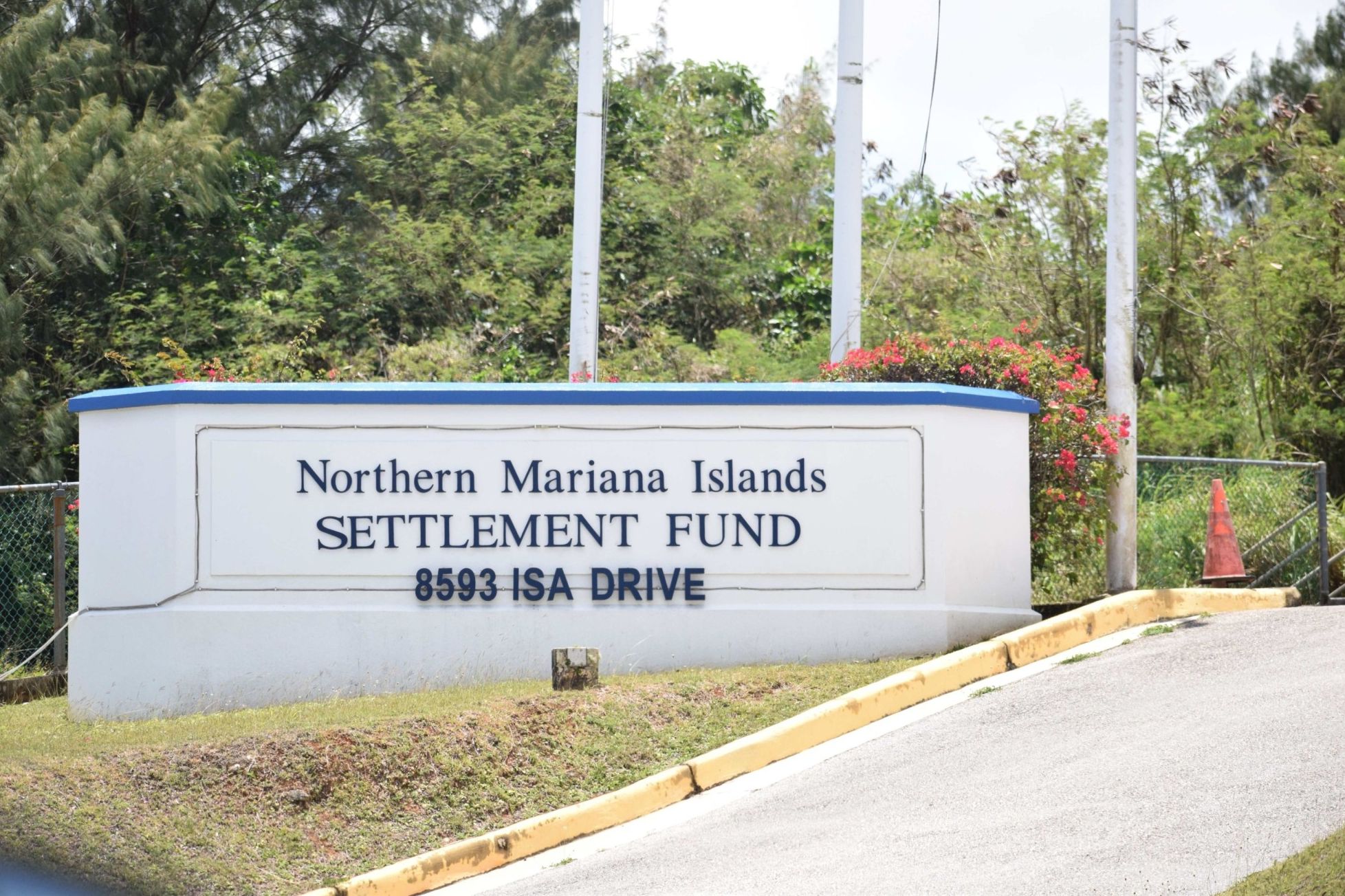The conference participants from CNMI and Guam said they are joining hands in preserving their language.
During the break-out session that tackled Chamorro language and culture, participants expressed belief that it is not too late to instill the importance of cultural identity into the minds of the new generation.
The exhibits outside Saipan World Resort’s Taga Hall, where the plenary session was held, depicted ongoing efforts to preserve Chamorro culture and identity.
The conference itself was conducted in the Chamorro language.
CNMI teachers, in an interview after the conference, said the Chamorro language should be cherished.
Marlyn Tenorio of Garapan Elementary School said the CNMI people are “clinging to it and are holding tight so we won’t lose our language.”
But Judi Castro of Dandan Elementary School said English is not the primary language of most CNMI residents.
There’s a great number of children who no longer understand and cannot speak Chamorro, Castro said.
This, she added, starts at home where the Chamorro language is also seldom spoken.
But the CNMI government is now trying to reverse this trend, according to Ron Aguon of San Antonio Elementary.
The Public School System, he said, mandates the teaching of Chamorro language to students through the Chamorro/Carolinian Language Heritage Studies program.
First implemented in 2005, the program consists of interpersonal oral communications, academic oral communications, reading, writing and cultural value orientation.
Guam educators are also concerned about the marginalization of the Chamorro language on their island.
A Guam group called Hurao — named after an ancient Chamorro chief — said the Chamorro language on their island is dying.
Joe Peredo, a Chamorro language teacher and a Hurao member, said children on Guam are more fluent in English than in Chamorro.
However, Hurao, a group of parents and teachers formed four years ago to preserve Chamorro language and culture, is teaching the language to students during summer and in after-school classes.
Peredo said they are optimistic they will achieve their goal.
“We’re getting there,” Peredo said, adding that Hurao’s programs are already coming alive.
A lot of people are now realizing the importance of preserving the native tongue, he said.
“But still, there is a lot of work to do,” he added.










